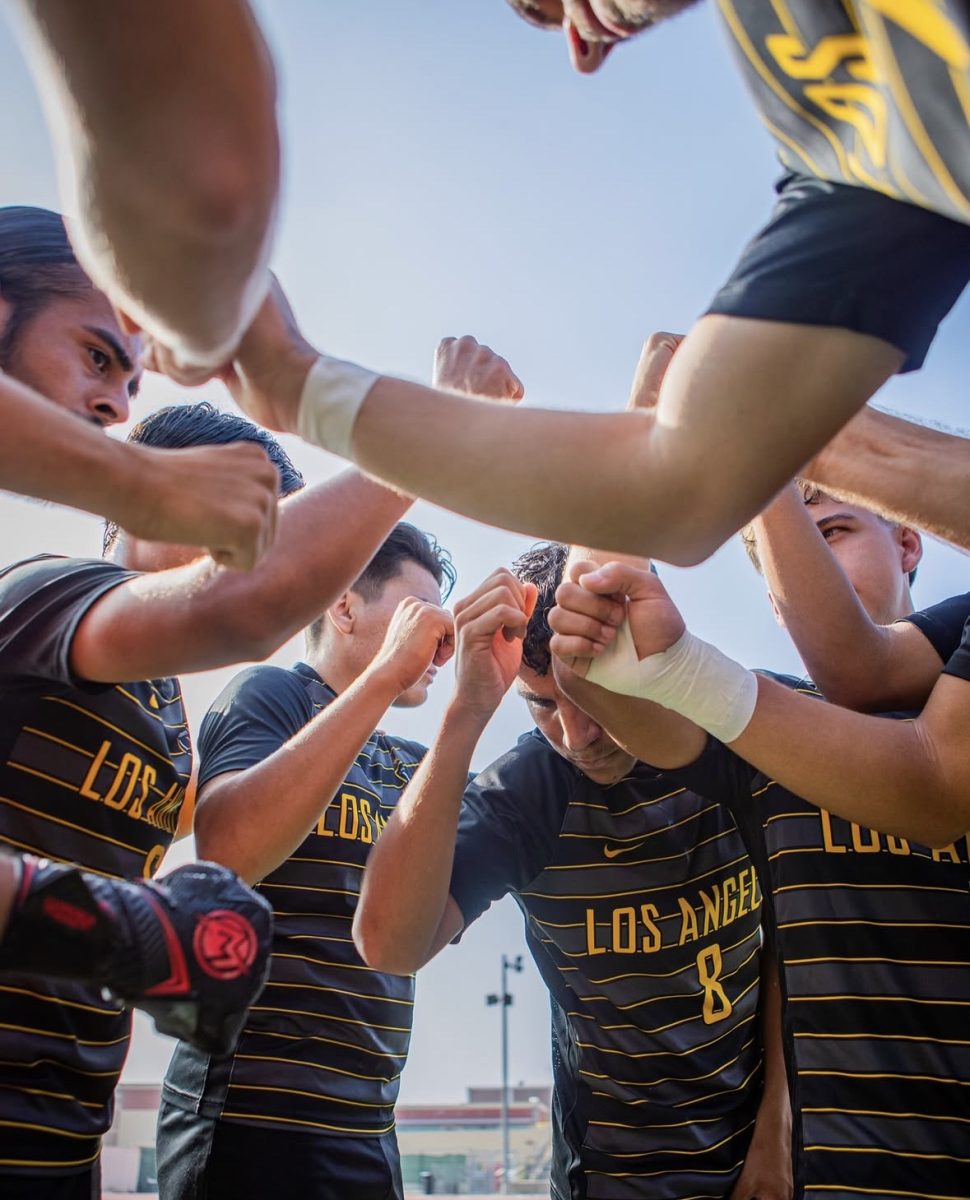Throughout the 148-year history of Major League Baseball (MLB), it has remained a constant in our ever-changing society. And yet, just as things are meant to change, some things are meant to stay the same. As a new generation of fans watch another World Series take place, we are once again reminded of something past generations have known: when the Dodgers and Yankees play, the stakes are always high.
Although the Brooklyn Dodgers were established in 1883, and the New York Yankees in 1903, the teams did not have their first meeting with each other until the 1941 World Series. By then, the Yankees had established themselves as the best in baseball, having won eight World Series titles. As for the Brooklyn Dodgers, they made two World Series appearances in 1916 and 1920, but lost both. The Dodgers would not make the World Series for another 20 years. Their failure during the 1930s led newspaper cartoonist William Mullin to create a mascot for the Dodgers known as the bum. The bum was the combination of a homeless man and a clown, which Dodger fans found endearing. In spite of their success after the 1930s, the moniker stuck with the team until their departure from Brooklyn in 1957.
When the two clubs clashed in 1941, nobody could have predicted that one of baseball’s fiercest rivalries was being born. As the Dodgers trailed 2-1 in the series, they were closing in on tying the series two apiece, having a 4-3 lead heading into the ninth inning of Game 4. As they were one strike away from a win, Dodgers catcher Mickey Owen missed a third strike-breaking ball that rolled behind him. The Yankees pounced, scoring four runs and winning the game. The Yankees went on to win their ninth World Series title the following day.
Brooklyn and New York would meet once again six years later, in 1947. Brooklyn was carried by their star rookie and future Hall of Famer Jackie Robinson, who broke MLB’s long-standing color barrier that same year. New York was carried by their own future Hall of Famers Joe DiMaggio and Phil Rizzuto. Despite the series heading to a do-or-die Game 7, the Yankees once again came out victorious, winning the final game 5-2.
Despite Brooklyn enjoying regular season success, from 1947 to 1953 the phrase, “wait til next year!” would represent their World Series woes.
The Yankees’ string of success between 1949 and 1953 represented one of their most dominant runs in baseball history. The teams qualified and won every World Series during that five-year span, netting them 16 championships in total. It was during those years that the two teams faced off another three times, in 1949, 1952 and 1953.
After five World Series appearances and nothing to show for it, the Dodgers began to question themselves. Despite setting their franchise record of 105 wins in the 1953 season, the Dodgers fell to their steadfast rival in six games. Clem Labine, relief pitcher for the Dodgers, gave up the winning hit to end Game 6. Labine admitted that the loss raised emotional doubts of why the Dodgers could not beat the Yankees. In the 2007 HBO documentary, “Brooklyn Dodgers: The Ghosts of Flatbush,” Herb Ross, a fan who grew up in Crown Heights described the common feeling among fans at the time.
“Being a Brooklyn Dodger fan meant suffering,” Ross said. “You always knew in your heart that the Yankees were going to beat us. It was ingrained in us.”
What players did not realize is that they were running out of time to bring a title back to Brooklyn. Ebbets Field was becoming a derelict location due to its age. The demographics in Brooklyn were also beginning to change, leading to declining ticket sales, and their best players were beginning to show their age.

The Dodgers and Yankees met once again in the 1955 World Series. After going down two games to none, it looked as though the Dodgers were destined for the same fate as previous years. The Dodgers went back to Ebbets, winning the next three games and taking a 3-2 series lead. The series went back to New York for Game 6 where the Yankees tied the series three apiece. Heading into another do-or-die Game 7, the Dodgers’ starting pitcher Johnny Podres threw nine complete innings without giving up a run. Gil Hodges scored two RBIs to give the Dodgers a 2-0 lead. Brooklyn would hold on to that lead and take home their first and only World Series title.
Brooklyn and New York would face off for the final time as New York rivals in 1956. That World Series is famously known for the Yankees’ Don Larsen throwing a perfect game in Game 5, the only perfect game thrown in MLB postseason history (when a pitcher completes nine innings without any runners reaching a base). The Yankees shut out the Dodgers in Game 7 by a score of 9-0, emerging the victor in the New York-Brooklyn rivalry.
The Dodgers then left Brooklyn and moved out west and the next six years would feature either the Dodgers or Yankees in the World Series.
The teams reunited in 1963, now as coast-to-coast rivals. Unlike previous years, the rebranded Los Angeles Dodgers dominated, and swept the Yankees in four games. The aging heroes of the Yankees such as Mickey Mantle and Elston Howard failed to provide a spark for their offense compared to the younger and more agile Dodgers.
The following years would prove difficult for the Yankees as the rest of the MLB were now bridging the talent gap.
In 1977, the two squads met after 11 years without the Yankees contending for a title. The Dodgers were headed by first-year manager Tommy Lasorda, and the Yankees were seeking to return back to their rightful place. The series went back-and-forth, but the Yankees’ star player Reggie Jackson propelled the Bronx Bombers to their first title since 1962. In the deciding Game 6, Jackson hit three home runs and only saw three pitches in those three at-bats combined, earning his nickname Mr. October.
A year later, both teams fought their way back to a World Series rematch. The Dodgers took a commanding two-to-nothing series lead and looked like they were set to get their revenge. However, this was not enough as the Yankees won the next four games to take the World Series title for the second year in a row. The Yankees out-scored the boys in blue in the last four games by a score of 28-8. And just like the year before, Reggie Jackson hit a series-deciding home run to propel his team to victory.
The 1981 World Series was the final year the two clubs met for the title for the next 43 years. Similar to the 1978 series, the team with the 2-0 series lead — this time, the Yankees — lost their grip as the Dodgers took the next three games at Dodger Stadium, each decided by one run. In Game 3, Fernando Valenzuela threw a complete game on 147 pitches. The final game concluded at Yankee Stadium, where the Dodgers dominated in a 9-2 victory, capturing the title and having the final say in the rivalry’s long history.
Decades later, the 2024 World Series is another chance for both squads to continue adding to the legacy of their historic rivalry. While the series is currently 3-0 in the Dodgers’ favor, as history has shown, the tides can turn at any moment. From being a one-sided rivalry to a back-and-forth affair, a new generation of players are now seeking to add another chapter to the history books.













